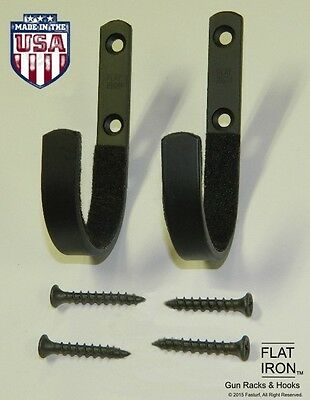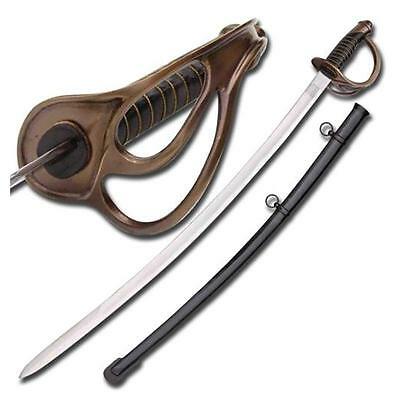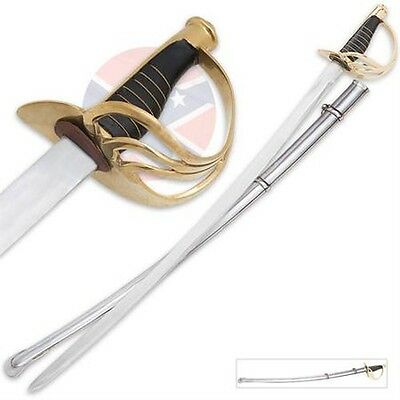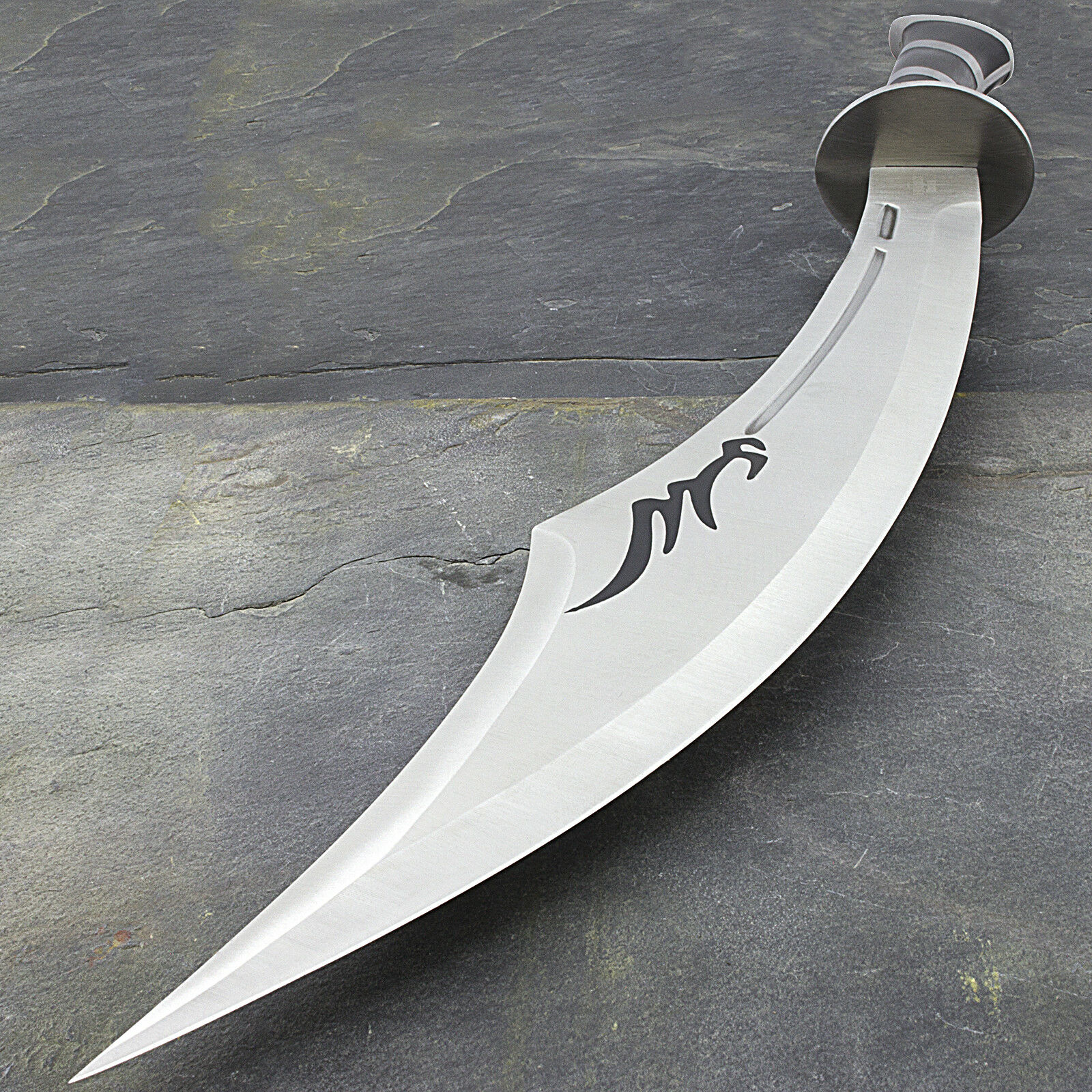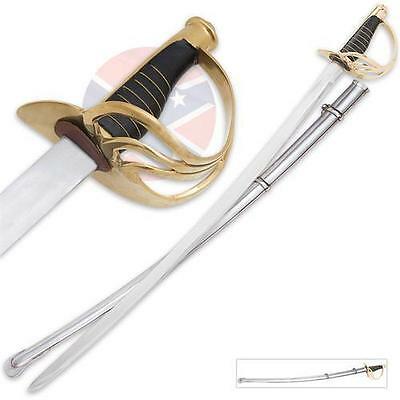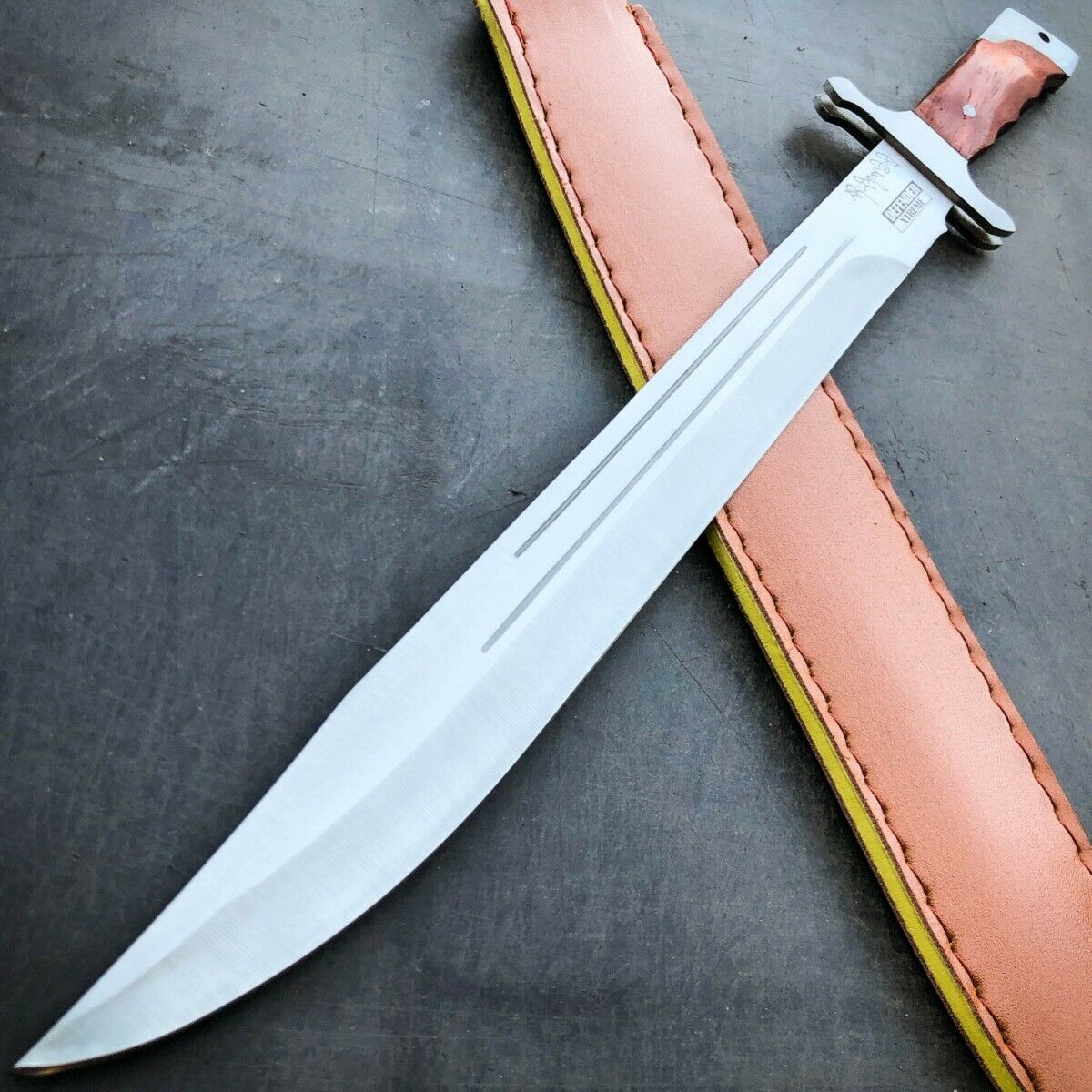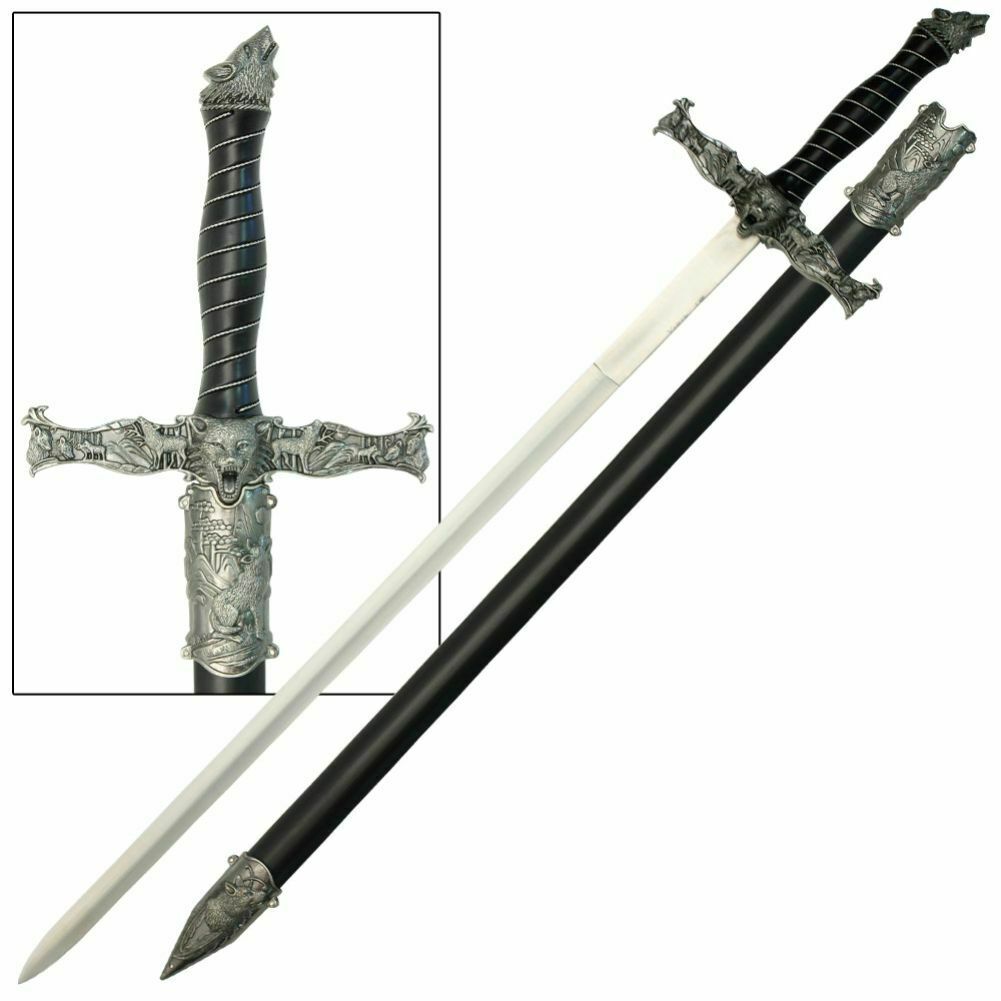-40%
Gim Sword by Cold Steel with Scabbard- battle ready fully functional
$ 258.71
- Description
- Size Guide
Description
Gim Sword by Cold Steel with ScabbardThe Gim
Sword by Cold Steel
Item #
CS-88G
There are two basic types of straight bladed swords used in China. One is fairly long and heavy known as the Wu Jian or "Martial Sword". The other is substantially lighter and called a Wen Jian or "Scholar's Sword" and was primarily carried for personal self defense. After studying books and video tapes on the history and use of both weapons , Cold Steel decided to make their own battle worthy Gim (Wu Jian) for serious collectors and practitioners of Chinese Martial Arts. The blade of their Wu Jian is made out of 1055 spring steel and measures 30" long by 11/2" wide. For cutting and slashing , both edges are quite sharp and they terminate in a strong , useful point for stabbing. The traditionally styled guard and pommel are cast out of thick sturdy brass and fit snugly on a stout Rosewood handle that is both highly decorative as well as functional.
The Gim Sword comes with an excellent wood scabbard with brass throat , chape and sword rings and can be worn suspended from the belt or slung over the shoulder.
Overall Length: 36 1/2"
Blade Length: 30"
Blade Thickness: 1/4"
Weight: 38.8 oz.
Blade: 1055 Carbon Steel
SHARP
Handle: 6 1/2" long. Rosewood
Sheath: Hardwood Scabbard with Brass Fittings
Rated: Fully Functional
Warning
:
All Edged Weapons, Battle Ready or Not, May Injure, Kill
and/or Become Damaged if Used Improperly
You must be at least
21 years of age
in order to purchase any knife or sword from this site. By ordering any knife or sword you are certifying that you are at least 19 years of age. Purchaser is responsible for compliance with all applicable laws and regulations, which may vary. By accepting delivery purchaser agrees that RealCoolSavings and affiliated companies and individuals have no liability to purchaser, or any person whatsoever arising from any use of products purchased from this site.
Sword Do's & Don'ts:
All edged weapons, battle ready or not, may injure, kill and/or become damaged if used improperly. Follow these do's and don'ts to safely enjoy your sword(s) for years to come.
Use common sense
. Do not swing any edged weapon carelessly. Keep in mind that your sword, battle ready or not, is still a potential weapon that can injure or kill someone. Although we all have a "warrior" inside of us, we are not always on a battlefield. Make sure you are in an area where you can swing your weapon without hitting someone or something. Swords can also slip out of your hands. Selling your sword to pay for a lawsuit settlement is a big bummer. Be very careful and use common sense when handling your sword.
Do not bang your sword against another sword in theatrical-style duel . Do not bang your sword against any hard object to test its strength or the "sound" of the steel as it hits a hard object. No matter how tough or strong the steel is in any sword, it will nick when struck against something equally hard. In stage plays or in movies, theatrical swords with wide, thick edges are used. The edges are flat and often as much as 1/16 inches wide. Such theatrical swords are designed to take the flashy looking punishment of banging edges together. Your sword is not a theatrical sword. Your sword is a real weapon, designed so that they could fight in the manner that the originals were actually used. Since the cutting edges could easily be sharpened and were often used for slashing, parries were made with the flat of the blade (not the edges) or were simply avoided altogether. Real swords were never used for the theatrical style sword banging that movies or stage plays rely on to liven up action sequences.
Do not attempt to chop down a tree with your sword. Such an activity is guaranteed to damage your sword. Axes and machetes are well designed for this with the weight of the steel concentrated over the point of percussion. When you strike a firmly fixed object like a tree or a thick branch with a sword, a great deal of the blade projects past the object being cut, causing the blade to bend or torque. It should be pointed out that the Japanese, who believe in a lot of practice with the sword, used thick bamboo. The bamboo was resistant to a cut, but didn't have the rigidity of a tree, and so would not have damaged a valuable blade. For a Japanese warrior to cut in to a tree would have been unthinkable.

